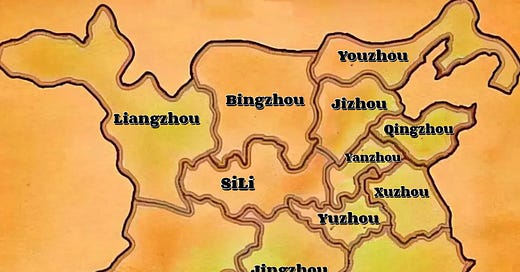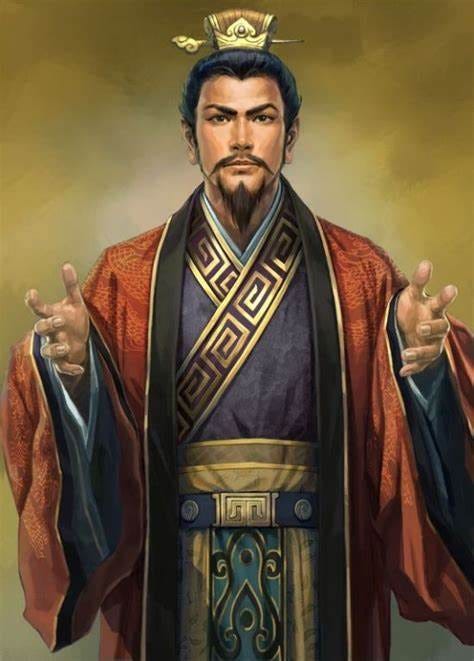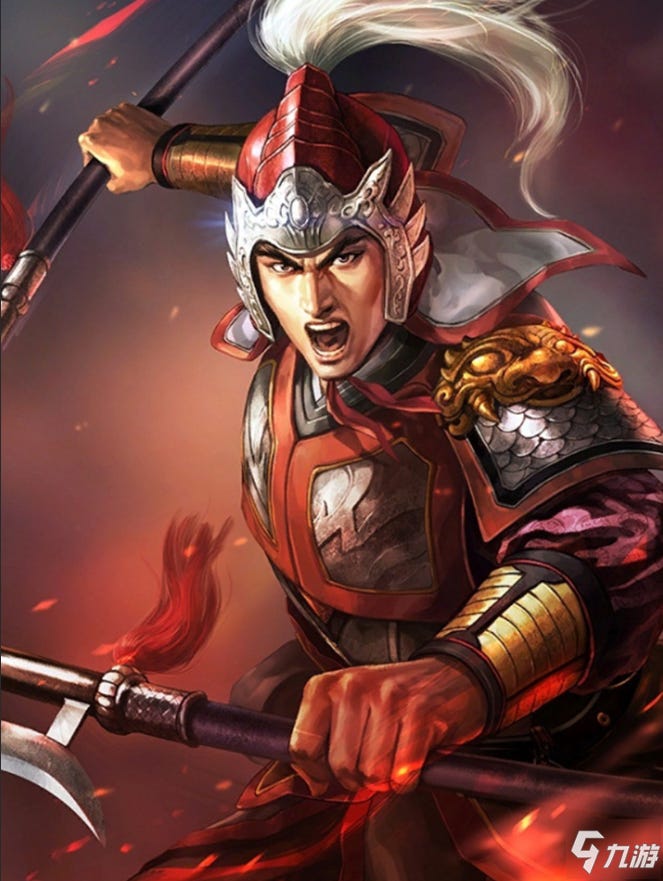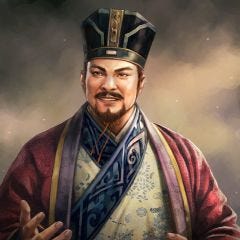Province of QingZhou(Introduction to Three Kingdoms Geographical Names 2)
Important Places of Three Kingdoms
Qingzhou青州, the jurisdiction generally refers to the south of the Bohai Sea, north of Taishan Mountain, involving Hebei, Shandong Peninsula, an area of fertile white soil.
The seat of Qingzhou was the city of Linzi临淄, in today's Linzi District of Zibo City, Shandong Province山东省淄博市临淄区.
Linzi is a historical city that was inhabited 8,000 years ago, and it was also the capital of the state of Qi齐(1046-221BC) during the Warring States period(476-221BC).
Qingzhou had six commanderies during the Eastern Han Dynasty, namely Pingyuan平原, Donglai东莱, Ji’nan济南, Le'an乐安, Beihai北海 and Qi齐.
Pingyuan Commandery, best known as Liu Bei was once its governor during the Three Kingdoms, and in the early scripts of many Three Kingdoms games, Liu Bei started his career in Pingyuan.
Donglai Commandery, the hometown of TaiShi Ci太史慈, the fierce general of Eastern Wu. TaiShi Ci later went to Yangzhou to join the provincial governor Liu Yao刘繇, just because Liu Yao was also his fellow townsman in Donglai Commandery. When Cao Cao first came to Yanzhou, Liu Dai刘岱, the then provincial governor of Yanzhou, was Liu Cao's elder brother.
In Ji’nan Commandery, the most influential governor was the young Cao Cao. During this time, Cao Cao was loved by the local people for his efforts to straighten out the bureaucracy, punish corrupt officials, and ban the “ excessive sacrifices” that had been hurting the local people for many years.
Le'an Commandery, which seems to have appeared in few pages in the late Han and Three Kingdoms. Sun Wu孙武, the famous militarist of the Spring and Autumn Period(770-476AD) and author of Sun Tzu's The Art of War, was a native of Le'an.
Beihai Commandery, its most famous governor at the late Han period was Kong Rong孔融, the famous literary scholar, one of the “Seven Masters of the Jian'an Era”建安七子, and the main character of the story “Kong Rong Yields the Larger Pears”孔融让梨, which is familiar to Chinese people since childhood.
Qi, as the name of one of the seven warring states, has been preserved, and nowadays when people think of Shandong Province, they immediately think of the name “ the land of Qi and Lu鲁 ”. During the Han Dynasty, Qi existed at the administrative level of a Commandery, and was also the core area of Qingzhou,where the seat of Qingzhou,LinZi located. Most of the time, Qi was a feudal state of the vassal princes, so the name “State of Qi” often existed in the two Han Dynasty. In 206 AD, when Cao Cao took power, the state of Qi was abolished, and then it existed for a long time as the Qi Commandery.
Qingzhou soldiers, the strongest infantry under Cao Cao's command, were from exactly the same province.Qingzhou was the area where the Yellow Turban Rebellion was most rampant at the late Han period, and in 192, a Yellow Turban force of up to one million men attacked Cao Cao's Yanzhou province. After defeating and baiting them into surrendering, Cao Cao selected 50,000 of their best fighters and formed the “Qingzhou Soldiers”. Since then, they have followed Cao Cao around the world and have been an important force in his efforts to unify northern China.










